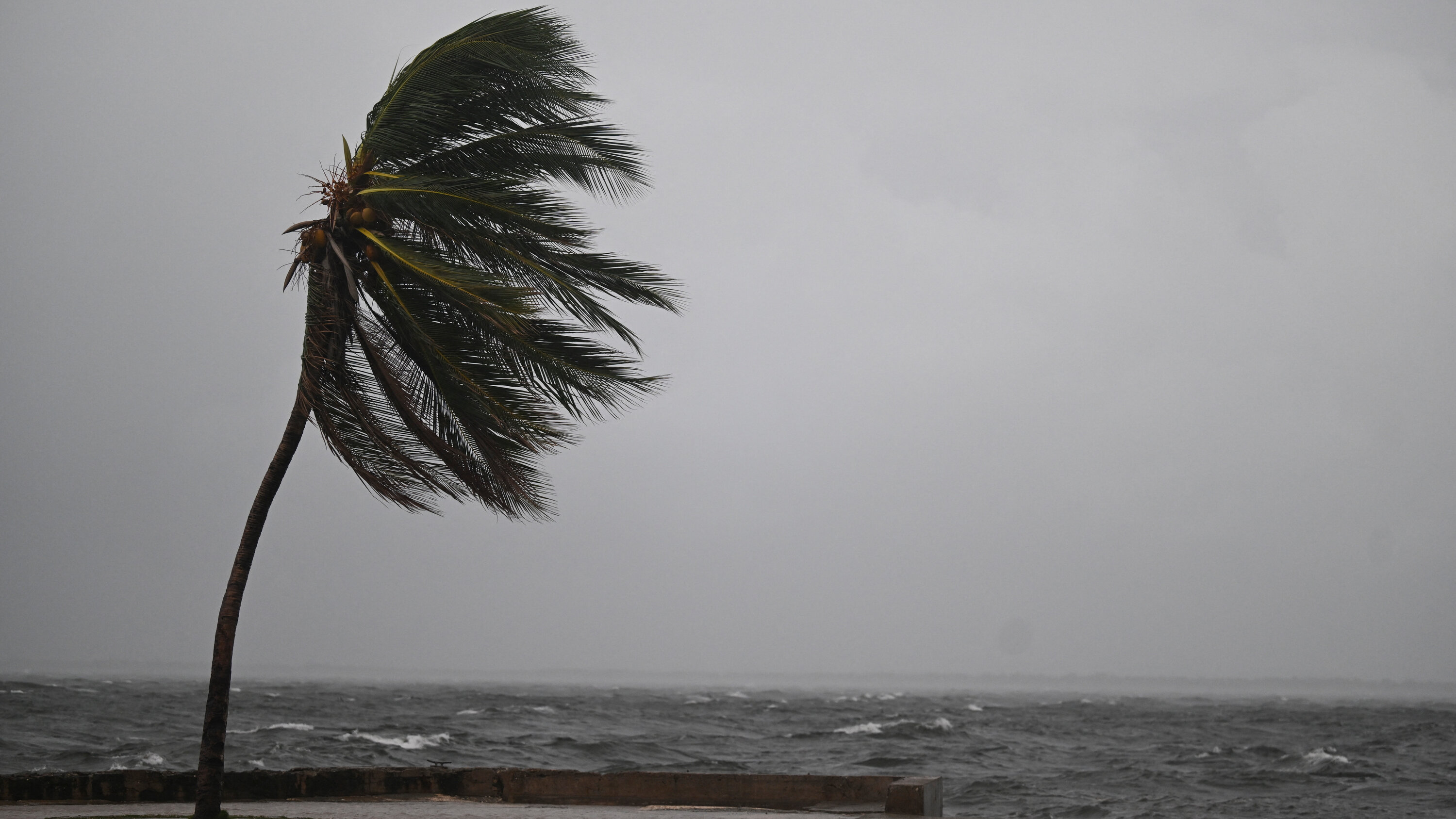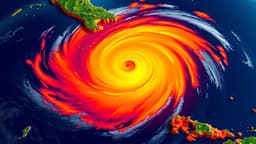Home / Disasters and Accidents / Jamaica Faces Catastrophic Hurricane Melissa Fueled by Climate Change
Jamaica Faces Catastrophic Hurricane Melissa Fueled by Climate Change
27 Oct
Summary
- Sea levels have risen 4 inches on Jamaica's coasts since 1993
- Hurricane Sandy's 10 cm sea level rise caused $8 billion in additional damage in 2012
- Jamaica's infrastructure not built for climate change era, says expert

As of October 28, 2025, Hurricane Melissa is moving toward Jamaica and is expected to make landfall on Tuesday morning. Residents are preparing for catastrophic conditions, as the small island nation is highly vulnerable to the effects of a changing climate.
Over the past 32 years, sea levels on Jamaica's coasts have risen by about 4 inches, or 10 centimeters. Research has shown that even small increases in sea level can cause significant damage from storms, as the storm surge is able to reach farther inland. In 2012, when Hurricane Sandy hit the east coast of the United States, the 10 centimeters of sea level rise was found to have caused an additional $8 billion in damage.
Experts warn that the "fingerprints of the warming climate" are making Hurricane Melissa's impact on Jamaica, Cuba, and the Bahamas even worse. The country's infrastructure was not built to withstand the effects of climate change, and it is already struggling with the aftermath of 2024's Hurricane Beryl, which caused $6.5 billion in damage and left nearly 9,000 houses damaged.
Jamaica is also facing other climate-related challenges, including heavy rainfall, drought, and prolonged heatwaves, which are putting pressure on the country's water supplies, agriculture, and energy systems. As the climate continues to change, the people of Jamaica are facing an increasingly uncertain future.


